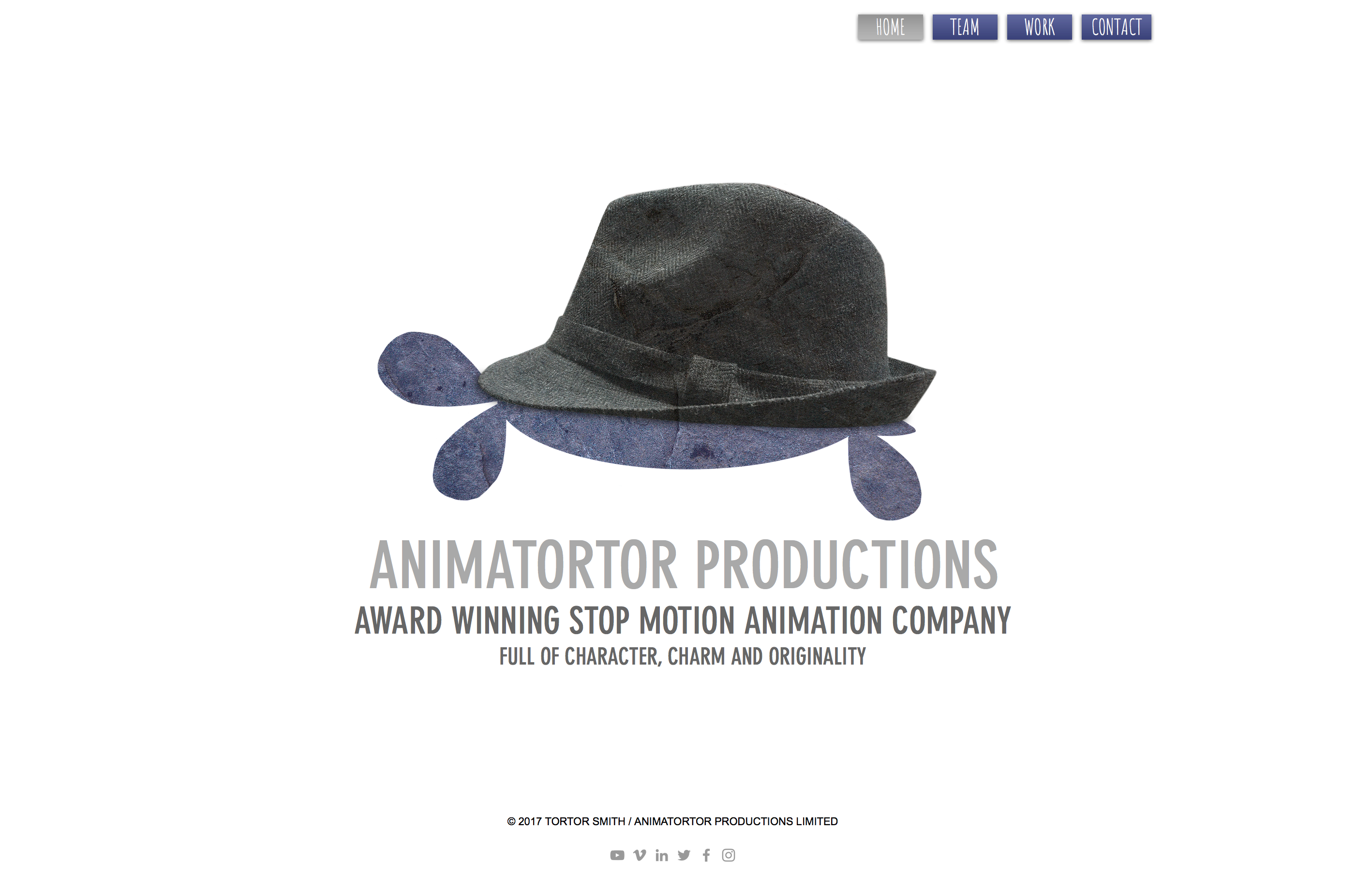Animating Floating Objects
- Tortor Smith

- Jul 6, 2022
- 2 min read

Getting things to float effortlessly in stop motion animation is no mean feat. So, how do you do it? Well you can take the difficult route, or the easier one. Which would you choose?
I went with easy method in my film Genre Neutral. I chose to animate most of my clay genre symbols on glass and then composite them into my scene in post-production.
Firstly I sculpted my pieces out of clay.

The one exception for the glass technique was the rocket and planet. Why? Well, I wanted the rocket to fly around the planet and to do that on glass was not ideal. I instead animated this particular sequence with rigs and then cut out the subject digitally later.

The spider and heart were perfect on glass though, so I set that up with an upright pane and placed some green foam behind (an old yoga mat) to make it easier to select the subject in post-production.

Another important thing is to make sure that this is all lit well too. You can see one of my panel lights reflected in the glass. Make sure you light both your subject and the green screen behind for best results - this will make it easier to key out your subject later.
To add these elements into the scene digitally. I imported the sequence of still into After Effects, reduced their scale to fit comfortably above the book, and then tweaked the position slightly.

They didn't completely look like they were sitting in the scene though. What was missing?
Shadows of course! It's these little details that really can elevate your work. To create my shadows I duplicated the floating composition. Set it to black & white. Increased the contrast. flipped it horizontally. Dropped the opacity and finally added a gausian blur. Easy, right?!

Okay I imagine a lot of you are thinking: Huh, what? Can you repeat that?
It is quite a process and not easy to explain in a blog post. If I get enough interest I'll perhaps make a video tutorial on adding digital shadows - leave me a comment if that would be helpful.
To Conclude: Do things the easy way wherever possible. If you can animate something flat, or on glass, rather than rigged in a physical space it will likely save you a lot of time and hassle painting out rigs.


Ingenius, and a nice way to do it with the glass panel. Will do this in my current animation class and show the others how glass or perhaps clear acetate that is perhaps 5 layers thick and held at a 30 degree angle might get the same results.